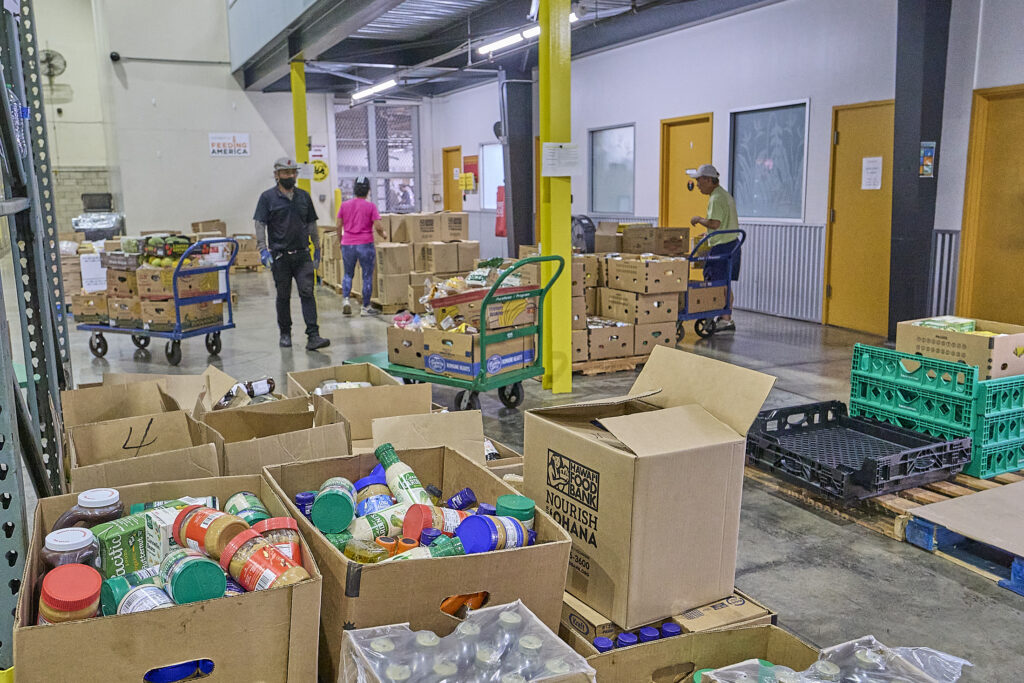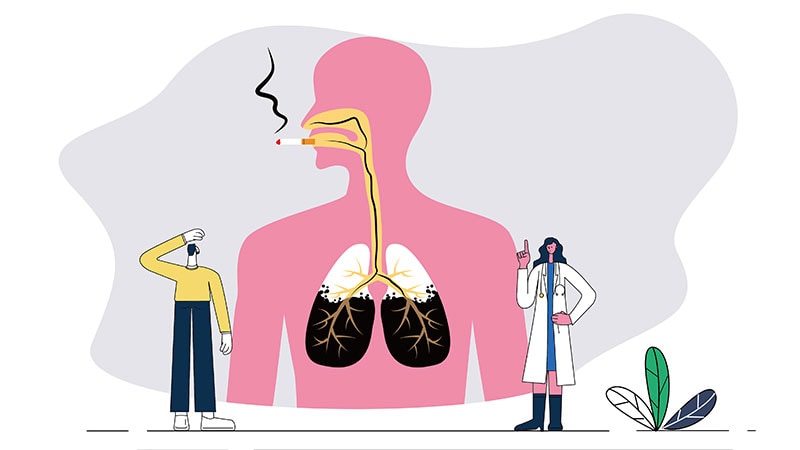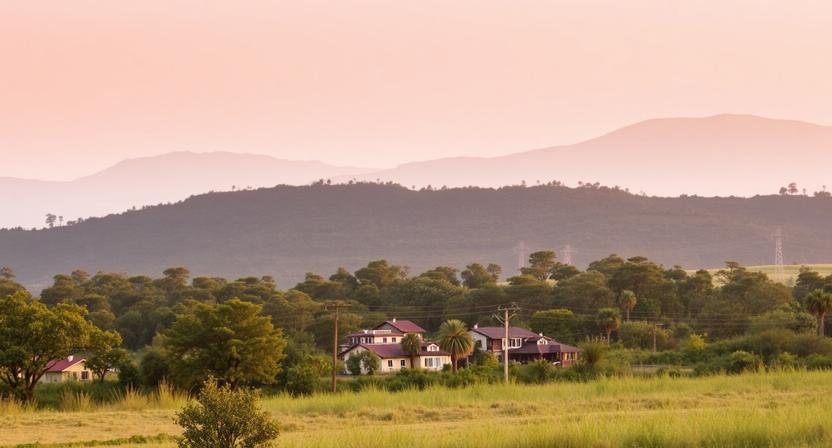Climate change isn’t producing expected increase in atmospheric moisture over dry regions
Arid and semi-arid areas may face especially high risks of extreme heat and fire
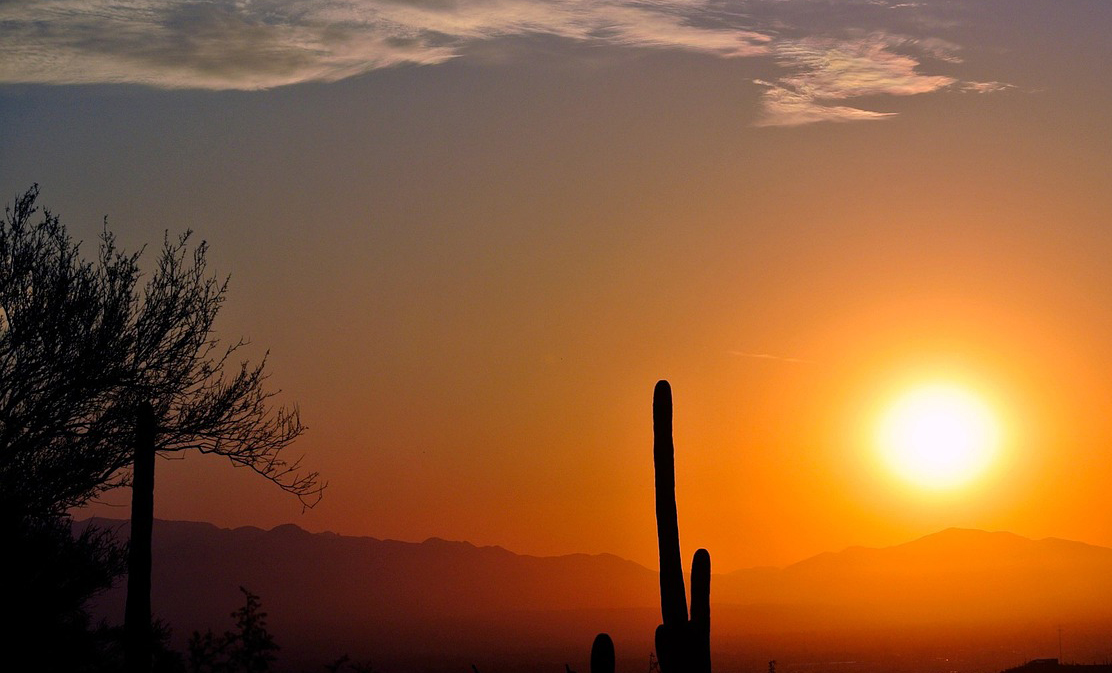
The laws of thermodynamics dictate that a warmer atmosphere can hold more water vapor, but new research has found that atmospheric moisture has not increased as expected over arid and semi-arid regions of the world as the climate has warmed.
The findings are particularly puzzling because climate models have been predicting that the atmosphere will become more moist, even over dry regions. If the atmosphere is drier than anticipated, arid and semi-arid regions may be even more vulnerable to future wildfires and extreme heat than projected.
The authors of the new study, led by the U.S. National Science Foundation National Center for Atmospheric Research (NSF NCAR), are uncertain what’s causing the discrepancy.
“The impacts could be potentially severe,” said NSF NCAR scientist Isla Simpson, lead author of the study. “This is a global problem, and it’s something that is completely unexpected given our climate model results.”
Simpson and her co-authors say follow-up research is needed to determine why water vapor is not increasing. The reasons could have to do with moisture not moving from Earth’s surface into the atmosphere as projected or circulating around the atmosphere in unanticipated ways. It’s also possible that an entirely different mechanism could be responsible.
Adding to the mystery, the new study showed that while water vapor is increasing over humid regions of the world, it is not rising as much as expected during the most arid months of the year.
The study appeared in the Proceedings of the National Academy of Sciences. The research was funded by the National Science Foundation, NOAA, and the U.S. Department of Energy. It was co-authored by scientists from the University of California, Los Angeles; University of California, Santa Barbara; Cornell University; Polar Bears International; and Columbia University.
A surprising finding
A basic rule of climate science is that the atmosphere can hold more moisture as it warms. This is known as the Clausius-Clapeyron relationship, and it’s the reason climate models consistently project that atmospheric water vapor will increase as the planet becomes warmer.
But when Simpson was working on a report for NOAA in 2020 about climate change in the southwestern United States, she realized that the atmosphere there had been drying much more than would be expected based on climate model simulations.
Intrigued, Simpson and her co-authors looked at the atmosphere globally to determine if water vapor was increasing in line with climate projections. The research team turned to multiple sources of observations from 1980 to 2020. These included networks of weather stations as well as datasets that estimate humidity based on observations from sources such as weather balloons and satellites.
To their surprise, the scientists found that water vapor over arid and semi-arid regions was generally remaining constant instead of increasing by close to 7% for every 1° Celsius (1.8° Fahrenheit) of warming, as would be expected based on the Clausius-Clapeyron relationship. Water vapor actually declined over the Southwest United States, which has seen a long-term reduction in precipitation.
“This is contrary to all climate model simulations in which it rises at a rate close to theoretical expectations, even over dry regions,” the authors wrote in the new paper. “Given close links between water vapor and wildfire, ecosystem functioning, and temperature extremes, this issue must be resolved in order to provide credible climate projections for arid and semi-arid regions of the world.”
The study noted that the situation is leading to an increase in vapor pressure deficit, which is the difference between the amount of moisture that the atmosphere can hold and the amount that’s actually in the air. When the deficit rises, it can act as a critical driver of wildfires and ecosystem stress.
“We could be facing even higher risks than what’s been projected for arid and semi-arid regions like the Southwest, which has already been affected by unprecedented water shortages and extreme wildfire seasons,” Simpson said.
She and her colleagues found a more complex situation in humid regions, where atmospheric water vapor increased as projected by climate models during wetter seasons. This increase leveled off somewhat during the driest months but did not flatten out as much as in arid and semi-arid regions.
Looking for the culprit
As for the question of why the water vapor in the atmosphere is not increasing over dry regions as expected, the authors broadly suggest two possibilities: the amount of moisture that is being moved from the land surface to the air may be lower than in models, or the way that the atmosphere is transporting moisture into dry regions may differ from the models.
Issues with atmospheric transport are less likely, they conclude, because that wouldn’t necessarily explain the common behavior among all arid and semi-arid regions worldwide, which receive moisture from differing locations.
That leaves the land surface as the most likely culprit. The authors speculate several possible causes: the land may have less water available to the atmosphere in reality than in models, it may be drying out more than anticipated as the climate warms, or plants may be holding on to moisture more effectively and releasing less into the atmosphere.
The authors also considered the possibility that there is an error in the observations. But they concluded this was unlikely since the discrepancy is closely tied to the dryness of regions all over the world, and it is consistently found even when dividing up the record into shorter time segments to avoid errors due to instrumentation changes.
Simpson emphasized that more research is needed to determine the cause.
“It is a really tricky problem to solve, because we don't have global observations of all the processes that matter to tell us about how water is being transferred from the land surface to the atmosphere," she said. "But we absolutely need to figure out what's going wrong because the situation is not what we expected and could have very serious implications for the future.”
What is Your Reaction?
 Like
1
Like
1
 Dislike
0
Dislike
0
 Love
0
Love
0
 Funny
0
Funny
0
 Angry
0
Angry
0
 Sad
0
Sad
0
 Wow
0
Wow
0




























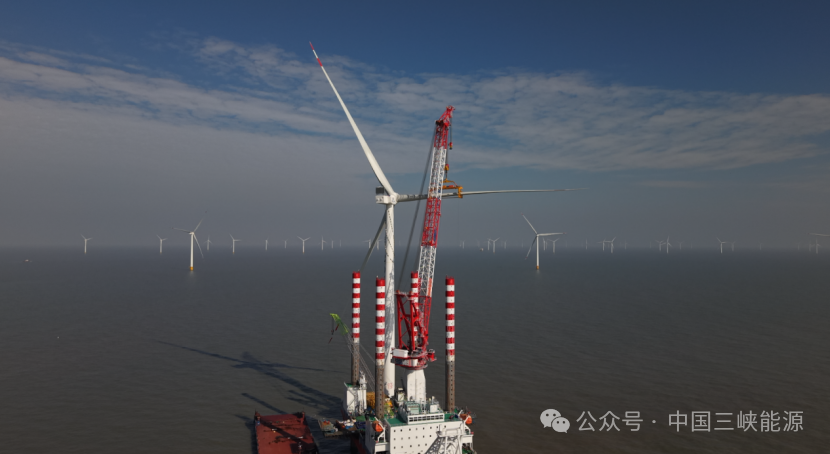





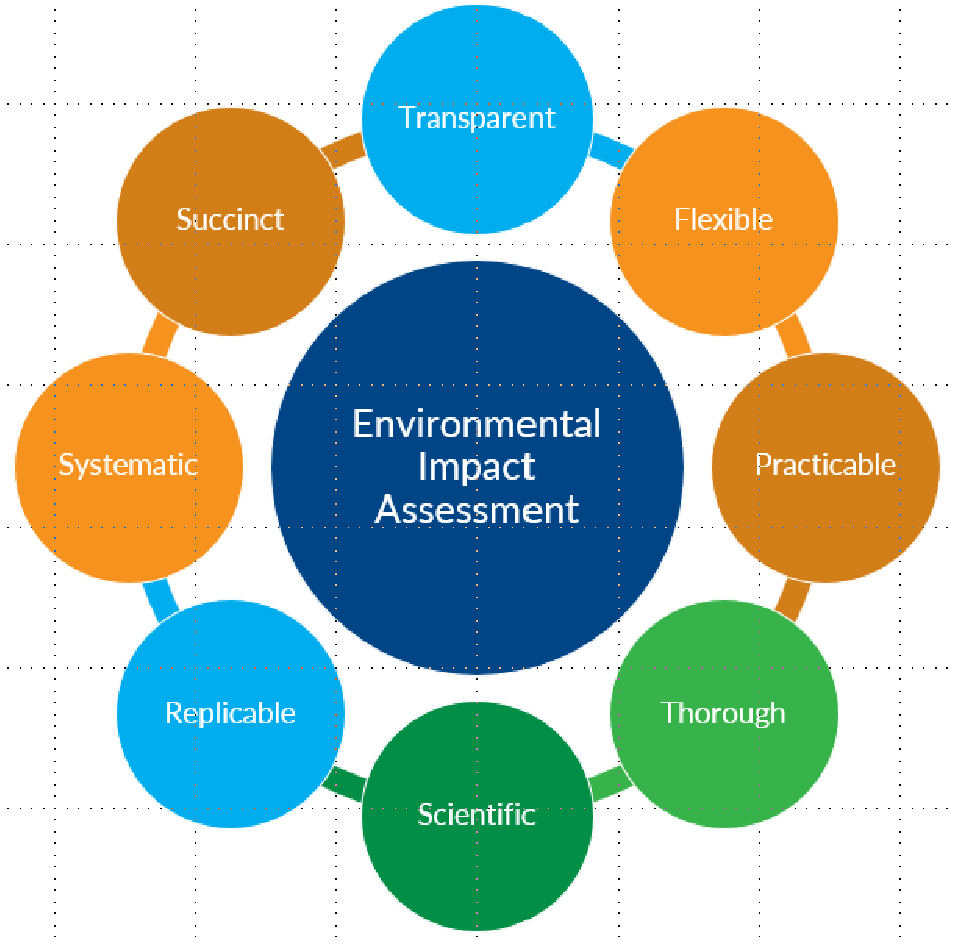








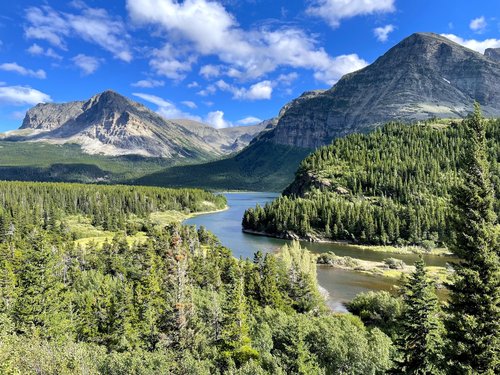


/environment-climate-change-and-health-(ech)/water-sanitation-hygiene-and-health-(wsh)/landfill-tuvalu-36092.tmb-1200v.jpg?sfvrsn=5c21fe40_1#)




.jpg.webp?itok=0ZsAnae9#)



